William Hoare RA (c. 1707 - 1792) Portrait painter William Hoare grew up in Suffolk and Berkshire before moving to London to join the studio of the Italian painter Giuseppe Grisoni (1699 - 1769). Hoare accompanied his master on his return to Italy in 1728. He spent ten years working in the studio of the history painter Francesco Imperiali (1679–1740) in Rome, forming friendships with young British aristocrats on the Grand Tour who would later become his patrons. Hoare returned to England in the late 1730s.
Although he had completed a pastel portrait of Frederick, Prince of Wales (1707–51), Hoare struggled to earn a living in London and soon moved to Bath, where his brother Prince (died 1769) was a sculptor. Demand for portraits was high in Bath, and Hoare's paintings were popular in fashionable society. He painted portraits of politicians who visited Bath, such as William Pitt the Elder (1707–78) and Henry Pelham (1694–54). He also received commissions for buildings in Bath, including the Mineral Water Hospital (now the Royal National Hospital for Rheumatic Diseases, which still houses a fine collection of Hoare's works) and the Octagonal Chapel. Hoare remained in close contact with the London art world and from 1761 exhibited with the Society of Artists, a key institution in promoting public interest in the arts. In 1769, despite initially refusing to join, Hoare became a founder member of the Royal Academy at the personal request of King George III (1738-1820). He died in Bath in 1792.
High resolution images on request.
Worldwide shipping available.
Drawing: 15.5 x 13.5 cm.
Provenance: With Agnews (label on reverse)








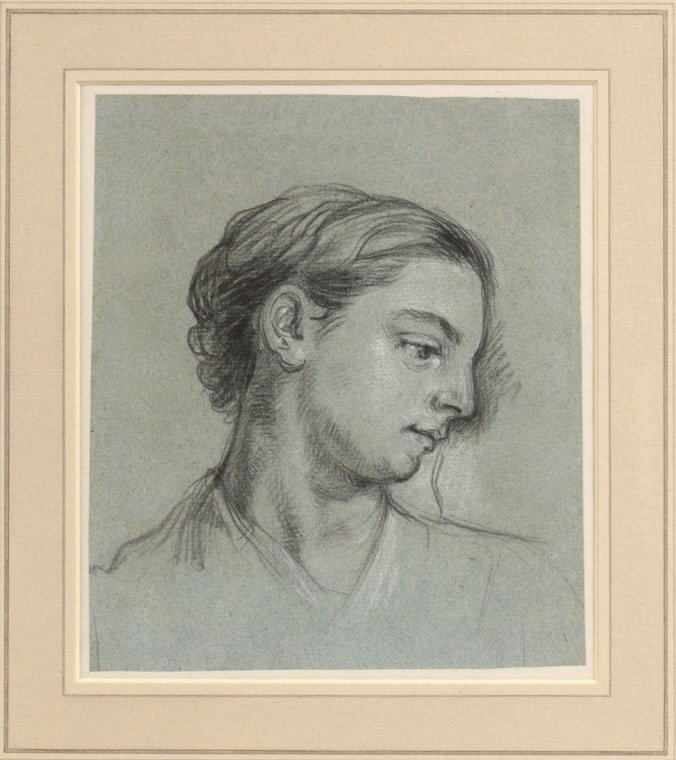













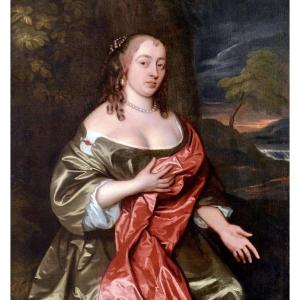


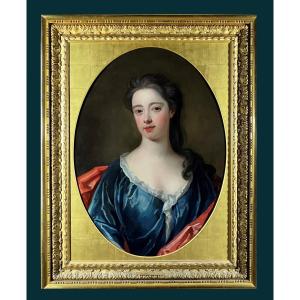

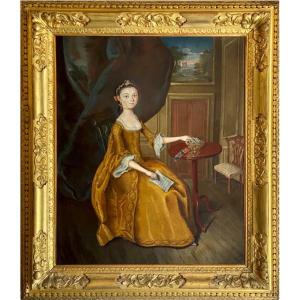




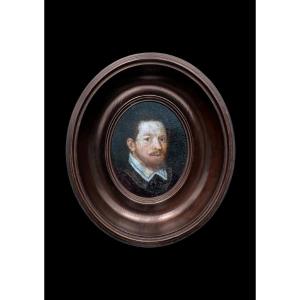

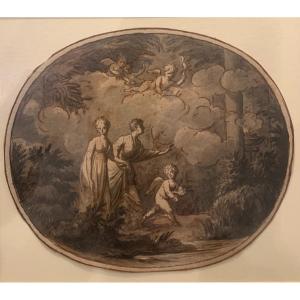

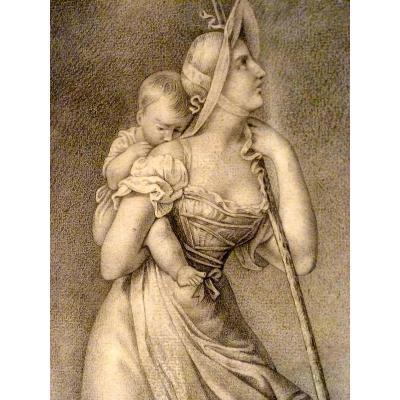

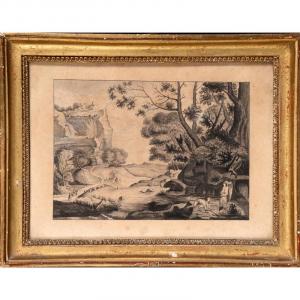



 Le Magazine de PROANTIC
Le Magazine de PROANTIC TRÉSORS Magazine
TRÉSORS Magazine Rivista Artiquariato
Rivista Artiquariato